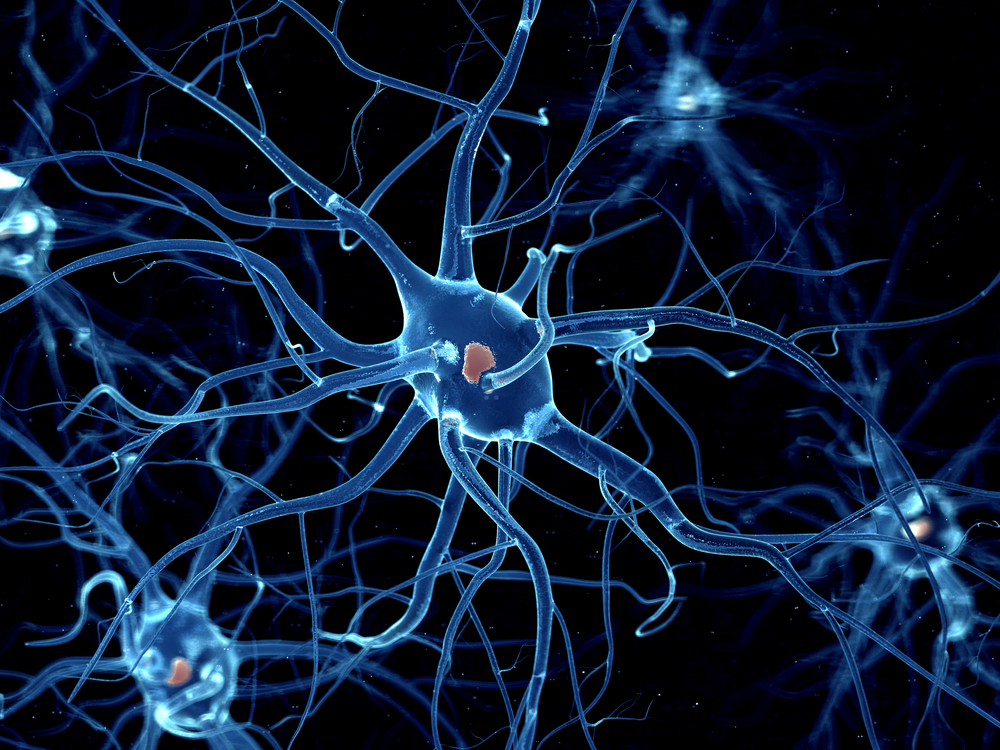Nerve Stimulation Reduces Angelman Patients’ Epileptic Seizures, Study Confirms

Electrical stimulation of a nerve in the neck reduces Angelman syndrome patients’ epileptic seizures, a study confirms.
Doctors call this therapy vagus nerve stimulation. It involves connecting a pulse generator, similar to a pacemaker, to the neck’s left vagus nerve. The mild electrical signals that the generator sends reduces the length and severity of seizures, doctor say.
A research team described their use of the treatment in three children with Angelman syndrome in an article in the journal Child’s Nervous System. The title was “Vagal nerve stimulation for medically refractory epilepsy in Angelman syndrome: a series of three cases.”
They decided to try the treatment after medication alone had failed to help the children enough.
One case involved a boy whose seizures continued after he was treated with oxcarbezpine, clonazepam, levetiracetam and divalproex sodium. He had four to five seizures a day before starting nerve stimulation therapy. Adding the stimulation to the medicine when he was 5 years old led to the number of his seizures dropping to three a day.
Four years after doctors put him on the stimulation, he was down to as few as two seizures a day. Then doctors gave him a new type of stimulator — and his seizure episodes stopped.
Another stimulation case involved a girl. Initially she responded well to a medication called valrpoic acid. But its benefits failed to last. She began having about 30 seizures a day, even when doctors added lamotrigine to her treatment regimen.
At the age of 8, she began receiving neck stimulation therapy in addition to the medication. Over four years, the combination cut her seizures down to one a month.
The other case also involved a girl. Doctors were unable to control her seizures with phenobarbital, clonazepam, and either topiramate or levetiracetam. So when she was 2 years old, they put her on stimulation therapy.
By the time she was 6, when the research team first met her, she was experiencing two to three seizures a day. The team changed the settings on her stimulator, and her seizures dropped to one a day. Four years later, the number of her seizures had fallen to one to two a week.
The results confirmed previous studies showing that neck stimulation can reduce seizures.
“For Angelman-syndrome-related medically refractory epilepsy, we provide proof of principle that VNS may be useful, as well as a safe and viable adjunctive treatment with satisfactory results,” the researchers concluded.






